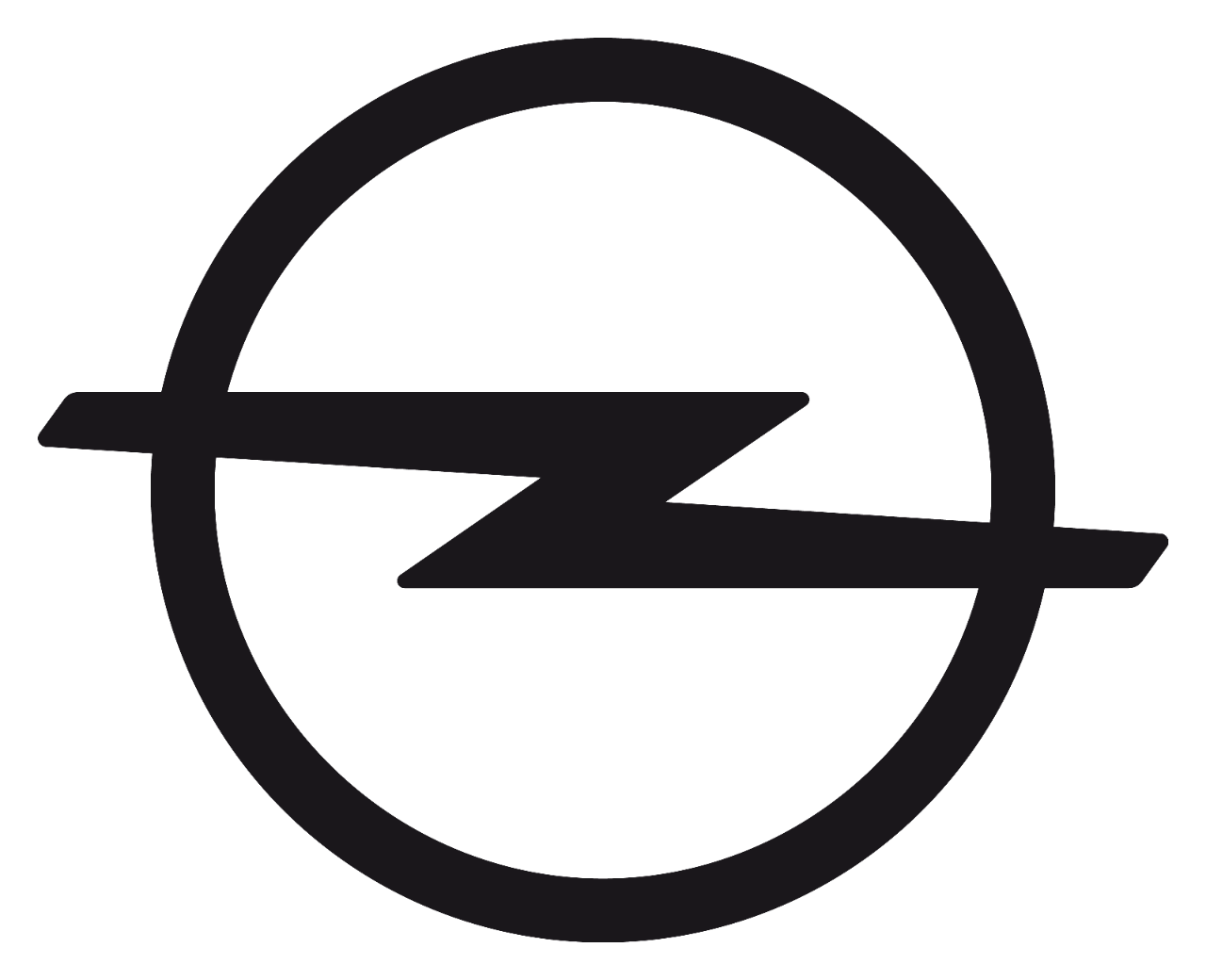Alfa Romeo - Monza - Brochure - 1932 - 1932
Get your hands on the complete Opel factory workshop software
Download nowGet your hands on the Complete Opel Factory Workshop Software
Download nowGet notified when we add a new OpelMonza Manual
We cover 60 Opel vehicles, were you looking for one of these?

Opel Opel Corsa Opel Corsa 1997 2000 Workshop Manual

Opel - Vectra - Workshop Manual - 2005 - 2008

Corsa C

Opel - Corsa - Owners Manual - 2006 - 2006

Vauxhall or Opel - Omega - Workshop Manual - 1986 - 2003

Corsa B

Opel - Auto - opel-corsa-d-2006-betriebsanleitung-61978

Opel - Astra - Owners Manual - 2006 - 2006

Opel Vectra & Calibra 1988-1995 Service Manual PDF

Vauxhall or Opel - Kadett - Workshop Manual - 1937 - 1993

Opel - Corsa - Workshop Manual - 2014 - 2014

Opel - Auto - opel-astra-2012-108988

Opel Opel Vectra Opel Vectra 1988 1995 Workshop Manual

Opel - Astra - Workshop Manual - 2009 - 2009

Opel - Auto - opel-insignia-2017-manualul-de-utilizare-110549

Vauxhall or Opel - Astra Diesel - Workshop Manual - 1998 - 2000

Opel - Omega - Workshop Manual - 1999 - 1999

Opel Sintra Wiring Diagram + Service Repair Manual_5d8a7f8ee58e52a37562782

Opel - Agila - Owners Manual - 2006 - 2006

Opel - Auto - opel-mokka-2017-agarmanual-93713

Opel - Auto - opel-meriva-2012-109001

Opel - Auto - opel-astra-2017-agarmanual-93526

Opel - Vectra - Owners Manual - 1998 - 1998

Opel - Auto - opel-vivaro-2008-betriebsanleitung-93882

Opel - Adam - Workshop Manual - 2013 - 2013

Opel - Auto - opel-corsa-2009.5-owner-s-manual-36951

Opel - Movano - Wiring Diagram - 2016 - 2016

Opel Opel Kadett Opel Kadett 1985 1993 Workshop Manual Russian

Opel Opel Agila Opel Agila 1997 Workshop Manual Russian

Opel - Auto - opel-corsa-2016-83843

Opel - Agila - Workshop Manual - 2009 - 2009

Holden - Frontera - Workshop Manual - 1995 - 1995

Opel - Zafira - Owners Manual - 2002 - 2002

Opel - Insignia - Owners Manual - 2013 - 2013

Opel - Auto - opel-combo-2006-betriebsanleitung-61966

Opel - Auto - opel-astra-j-2011-betriebsanleitung-61925

Opel - Auto - opel-astra-h-2007-betriebsanleitung-61933

Opel - Auto - opel-astra-2016-agarmanual-83742

Opel - Mokka X - Owners Manual - 2017 - 2017

Opel - Movano - Workshop Manual - 2014 - 2014

Opel - Auto - opel-mokka-2012-109005

Opel - Vivaro - Wiring Diagram - 2016 - 2016

Opel - Insignia - Owners Manual - 2009 - 2009

Opel - Auto - opel-astra-j-2014-betriebsanleitung-61921

Opel - Auto - opel-corsa-2014.5-instruktionsbog-62393

Opel - Auto - opel-zafira-tourer-2016-kullan-m-k-lavuzu-93748

Opel - Auto - opel-mokka-2015.5-brukerhandbok-62134

Opel - Zafira - Owners Manual - 2004 - 2004

Dodge Diplomat Workshop Manual (V8-318 5.2L VIN R 4-bbl (1984))

Opel - Corsa - Owners Manual - 2011 - 2011

Opel - Campo - Owners Manual - 2015 - 2015

Opel - Auto - opel-insignia-2015-vodic-za-korisnike-109362

Opel - Auto - opel-tigra-2009-betriebsanleitung-101378

Opel - Auto - opel-corsa-2010-owner-s-manual-36956

Opel - Auto - opel-astra-j-2017-omistajan-kasikirja-93908

Opel Opel Rekord Opel Rekord Owners Manual German

Opel Sintra Wiring Diagram + Service Repair Manual

Opel - Ampera-e - Owners Manual - 2017 - 2017 (2)

Opel - Auto - opel-cascada-2016-manual-do-proprietario-83791

Opel - Auto - opel-vivaro-2006-betriebsanleitung-62067

Opel Opel Corsa Opel Corsa 1997 2000 Workshop Manual

Opel - Vectra - Workshop Manual - 2005 - 2008

Corsa C

Opel - Corsa - Owners Manual - 2006 - 2006

Vauxhall or Opel - Omega - Workshop Manual - 1986 - 2003

Corsa B

Opel - Auto - opel-corsa-d-2006-betriebsanleitung-61978

Opel - Astra - Owners Manual - 2006 - 2006

Opel Vectra & Calibra 1988-1995 Service Manual PDF







































































































































































































































